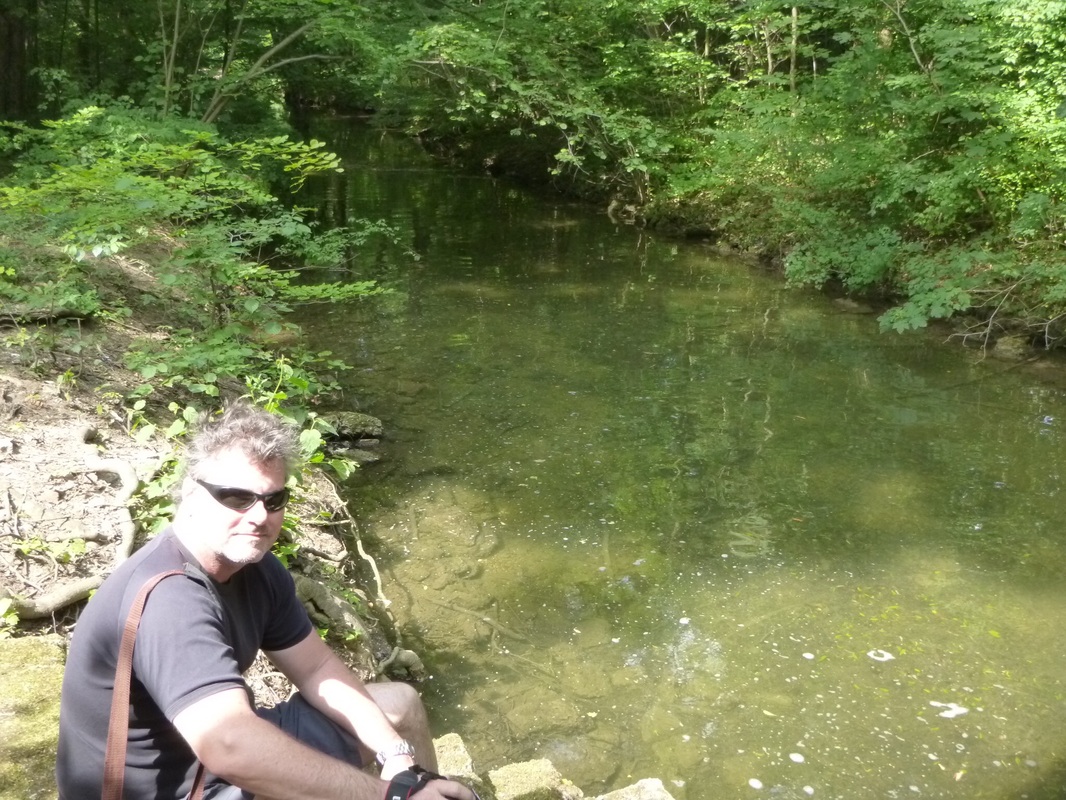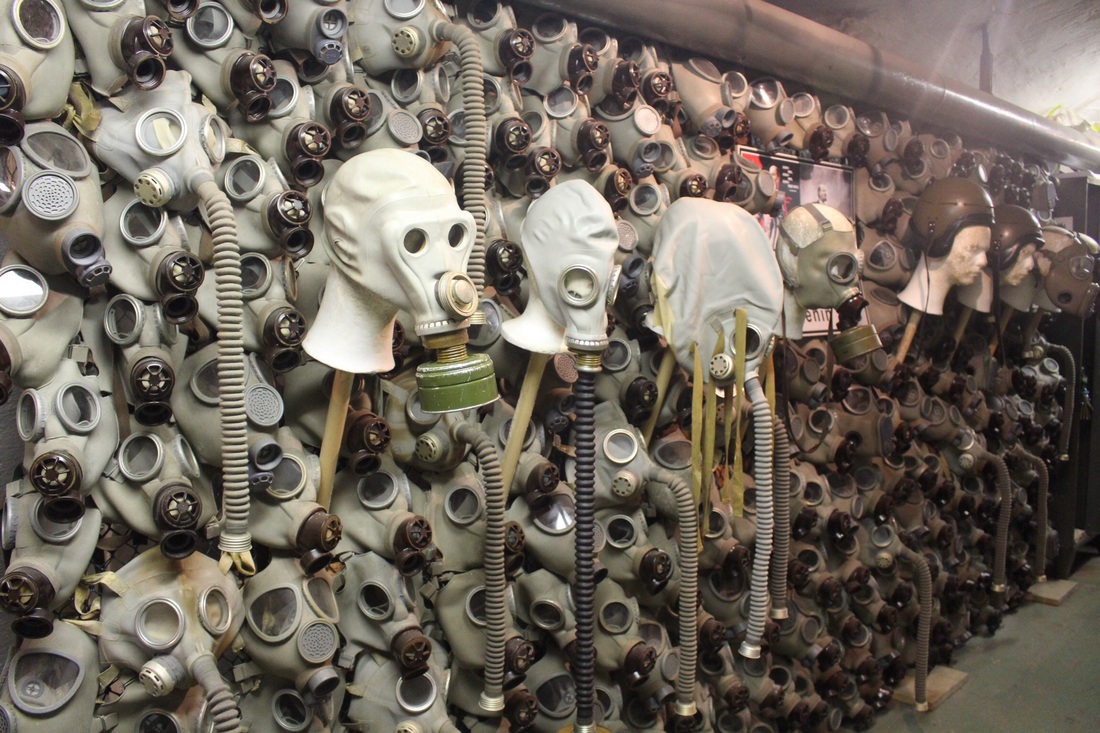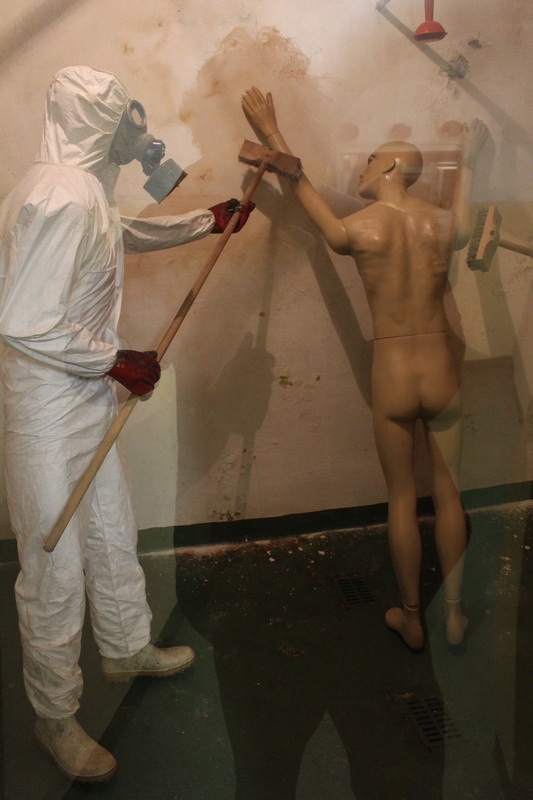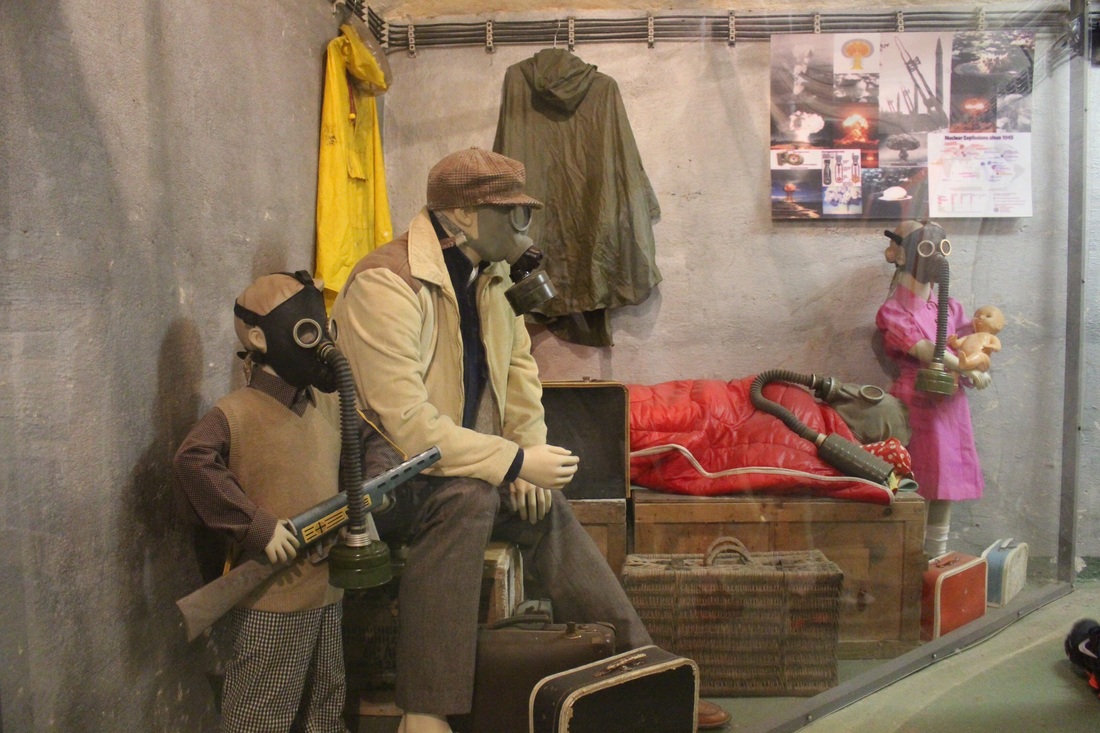|
BOSTES (formerly the Board of Studies) has recently released the new NSW Geography syllabus for review. This syllabus, unique to NSW, incorporates the Australian Curriculum for Geography already being implemented in other states in Australia.
The draft new syllabus can be found at the BOSTES website along with documents outlining the features of the documents for different groups (Primary, K-10, Life Skills). The draft document does not include a Senior Geography syllabus draft at this stage. The consultation session will only run until August 29, 2014, so it is a fairly brief period. There are a number of opportunities for people to become involved: Individual responses to BOSTES There is an online survey which can be filled in, which is fairly comprehensive but contains closed questions. The survey covers topics such as views on the rationale, aims, topics, whether current resources can be used, whether it caters for a full range of students, etc. You can also make more detailed written submissions which can be emailed directly to the Senior Project Officer, Geography, Brooke Prideaux (email available at the BOSTES page linked above). BOSTES sessions: A number of sessions have been organised by BOSTES during the consultation period. These are to be held at Liverpool, Pennant Hills, Gymea and Ashfield as well as regional sessions at Moruya, Coffs Harbour, Orange and Griffith. Each of these sessions require registration very soon. Check the above-linked BOSTES page for details and links to registration. This is being organised by Eventbrite, but I'm sure that Brooke would the any questions. DEC sessions: For teachers in NSW Public Schools, the DEC Learning and Leadership Directorate are holding consultation sessions to put together a submission on behalf of the DEC. This will be done using Adobe Connect, and registration should be completed through the DEC's Professional Learning database and management system MyPL. The title is "Secondary consultation on the draft Geography K-10 Syllabus" (Course Code: NR06641). This is to take place on Monday 28 July 3.30pm – 4:30 pm. Alana Ellis, the Relieving HSIE Advisor 7-12 is the contact person, and can be contacted through her DEC email. Professional Associations and informal groups: Interestingly, the NSWGTA Annual Conference falls mid way through the consultation period. I suspect that while there doesn't appear to be a consultation session on the agenda (the agenda was released before the draft syllabus) that there may be some slight rearranging of the program to allow time for it. Online groups, such as Geography Teachers Online Australia (Facebook group) are already abuzz with discussions regarding various parts of the new syllabus. This is a great way to hear a few different perspectives and get involved in the debate. Faculties Don't forget that sometimes the best discussions can happen face to face in your own faculty. Consider what the difficulties are of the current syllabus for your students. Will the new syllabus solve these problems? Are there new issues? How will your students cope with the content? Will they find it interesting? What resources do you currently use that will fit in with new syllabus? What are the areas that are going to need a lot of work? What we already know: - Australia already has an agreed Australian Curriculum for Geography. The writing of the curriculum was completed in 2012, involved consultation between states, with professional associations and teachers, and was signed off by federal and state education ministers. There have been no discussions or public announcements about a review of this curriculum at this stage, despite reviews currently taking place of other subjects. - All states/territories but NSW began implementation of the Australian Curriculum for Geography in 2013. Like the Phase 1 subjects (English, Maths, Science, History), BOSTES decided that the structure of the Australian Curriculum was not suitable for NSW teachers, and that it would need to be rewritten to more closely resemble the current/previous syllabi. - BOSTES appointed a Project Manager to oversee the writing of the Geography syllabus for NSW as of January 2014. The former BOS had a procedure for writing new syllabi which involved hiring a team of writers, consulting with stakeholders, reviewing and refining. We can assume that a similar process was followed and that this has taken place between January and July to allow for the new document to be released. - While we are in a consultation period, we can assume that some sections of the syllabus are "locked in" while other parts are open to discussion. These have been labelled in the draft document. Please make sure you take the opportunity to have your say while we have the chance.
0 Comments
Legal Studies teachers would be well aware of the amazing services provided by the Legal Information Access Centre located in, and part of, the State Library of NSW. For all Preliminary and HSC topics you can find a vast array of information to support teaching of the topics for both new and experienced teachers. Research guides and publications have helped teachers and students stay up to date with legal developments. In the past, LIAC has been funded externally and this funding is no longer available. While support for Legal Studies teachers and students will be provided by more generalist services offered by the library, the research guides will no longer be updated. The LIAc website states: "Specialist support for HSC Legal Studies students and teachers will not continue after 27 June 2014, but will be integrated into the Library’s HSC support programs." LIAC publishes the Hot Topics magazines which focus on one issue found in the syllabus (e.g. Shelter) and provide a range of articles with updated legal information. Until recently these have been published as hard copies for schools. At the recent Legal Studies Association Conference it was announced that the Hot Topics magazines would no longer be published as hard copies, but would only be available online. Thankfully, the LIAC staff are very organised and sourcing the online copies is relatively easy and they are quite user friendly. It would appear that these will now no longer be published. LIAC also maintained a blog of updated information for Legal Studies students with links to articles and updated legislation which will also no longer be maintained. Regardless, the State Library of NSW still has a vast array of online resources and a library card enables staff and students to access their online database of updated journal articles, legislation and other resources. HSC Online for Legal Studies has relied solely on links to the LIAC Research Guides in previous years. In a political environment that has seen many state and regional office jobs cut in the previous few years from the NSW Department of Education and Communities, the demise of LIAC will have a profound impact on providing updated resources for our students. This will put added pressure on teachers and professional associations (mostly run by teachers). Cold War history is predicated upon the difference between East and West. To that end the history focuses on Moscow and Washington. Rarely do historians focus upon the satellite countries of the Eastern Bloc and to a lesser extent the Western bloc. Czechoslovakia, now known as the Czech Republic, offers an interesting insight into the Cold War. In 1968, the Prague Spring occurred where the leaders of Czechoslovakia desired to have a say in the manner in which communism was to govern their country. Leonid Brezhnev the Premiere of the USSR brutally crushed the Prague Spring by invading the country with 500,000 troops and 4,500 tanks to crush any questioning of the manner in which Eastern Bloc countries were governed. This was referred to as the Brezhnev Doctrine by which the USSr was able to intervene in Eastern Bloc countries without ramifications from the USA and NATO.
Train stations and tunnels in Prague double as nuclear shelters. The stations and tunnels can be closed off with the use of lead doors to protect the population. The cavities for these blast doors are clearly visible to the trained eye at the base of the escalators at the entrance to each platform. Near the Flora railway station is a large bunker which now houses the Nuclear Bunker Museum. The entrance to the bunker resembles a graffitied, walled basketball court. To the general public it is not immediately obvious or accessible. To gain access the bunker needs to be unlocked by a tour guide. The shelter was designed to protect approx 2,500 people. The blast door to the shelter is nearly 1 metre thick and leads to a double helix staircase - one side for entry and one side for exiting. The staircases go down 16 metres to the bunker proper.
Related article:
Soviet ghosts: An empire in decay |
Categories
All
Archives
May 2024
|






